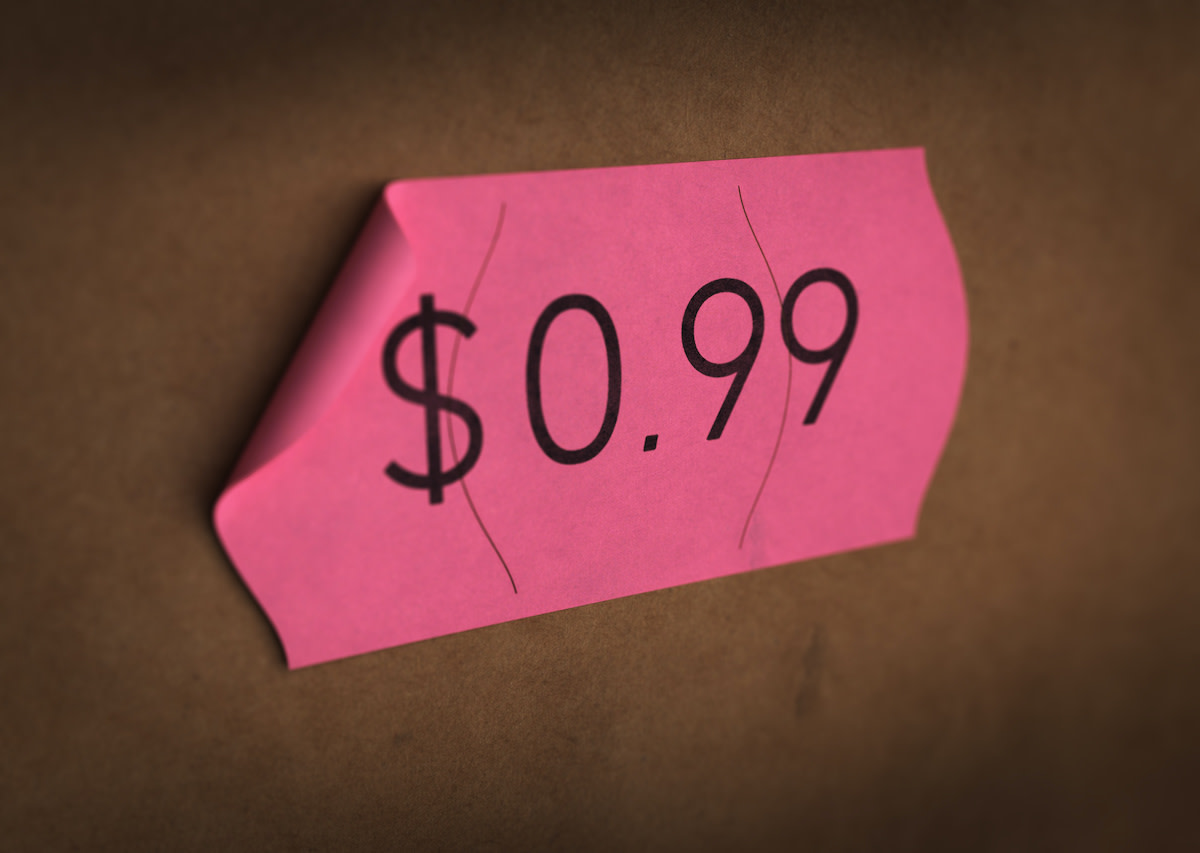How Odd-Even Pricing Works: Psychology of Odd-Even Pricing
Written by MasterClass
Last updated: Mar 30, 2022 • 3 min read
Odd-even pricing is a broad trend used by small businesses and large corporations alike to increase sales.
Learn From the Best
What Is Odd-Even Pricing?
Odd-even pricing is a psychological pricing strategy that exploits the differences in customers’ perceptions of prices that end in odd numbers versus prices that end in even numbers. There is essentially no monetary difference between $9.99 and an even $10. Yet customer perception of a $10 product price actually differs from the perception of a $9.99 product price. Even though the difference is literally one cent, research shows that one single cent can impact sales volume.
Companies exploit the psychological effect that comes with different ending digits as a means to influence consumer behavior. Odd-numbered prices often connote a sale or a special value, while even-numbered prices—particularly a price ending in a round number like zero—often connote premium products.
A Brief History of Odd-Even Pricing
Little has been recorded about the origins of odd number retail pricing. One theory is that store owners introduced such prices as a way to root out employee theft. When products were sold for a whole number of dollars—like $5 or $20—a customer might find it easy to pay the exact amount and not require change. The cashier could then pocket the customer’s money and never open the cash register. But when the price was a little less than a whole dollar amount, the employee would have to open the cash register to provide change. Opening the register would automatically record a sale, and this eliminated an opportunity for the employee to steal money without detection.
Later, as economists and business academics began studying consumer behavior, the notion of intentionally ending prices in odd digits or even digits became a topic of interest. Through experimental pricing tactics and real-world observations, it became clear that consumers subconsciously assigned a different product value to products priced nearly identically but with different last digits.
The Psychology of Odd-Even Pricing
To understand how the odd-even pricing method applies to retail situations, you first must understand how odd-even pricing works from a psychological perspective. It turns out that the last digits of an item’s price may shape consumer thinking just as much—and sometimes more—than the first digits of that price. Exploiting this phenomenon is known as charm pricing, which makes certain price points appear lower than they really are.
- Odd-priced items suggest savings: Prices that end in an odd number of cents—like $7.99 or $124.95—can feel like lower prices than they actually are. When items go on sale in retail stores, those stores often use an odd pricing strategy to make a low price feel even lower. Non-sale items for budget-conscious consumers also tend to end in an odd number of cents.
- Even-priced items suggest elegance and completeness: When a price ends in a whole number, it often connotes a sense of completeness. This is particularly true when that whole number has an even numeric value. Luxury retailers often use even ending prices. Service providers, like lawyers and tutors, also favor even numbers, and their prices usually end in zeros.
5 Examples of Odd-Even Pricing
To see odd-even pricing in everyday life, consider the following examples.
- Gas stations use odd-number pricing. Gas stations don’t just end their prices in ninety-nine cents. They usually end them in ninety-nine and nine-tenths cents.
- Fast food restaurants use odd-number pricing. The vast majority of fast food prices end in ninety-nine cents. One exception is a dollar menu, but one dollar is also an odd number.
- Service industries typically use even-number pricing. Many service providers—doctors, dentists, lawyers, cleaners, tutors, entertainers—give their price quotes in whole numbers, and typically those whole numbers end in zero.
- Luxury retailers use whole-number pricing, often ending in even numbers. If you step into a high-end jewelry store or art gallery, you can expect to see most prices ending in whole numbers. A healthy chunk of those whole numbers will end in zero, while another healthy chunk will end in five.
- Retail sales tend to end in decimals, and those decimals often end in odd numbers. Most, but not all, retail sale prices tend to end in the digits nine or five.
Want to Learn More About Sales and Motivation?
Become a better communicator with the MasterClass Annual Membership. Spend some time with Daniel Pink, author of four New York Times bestsellers that focus on behavioral and social sciences, and learn his tips and tricks for perfecting a sales pitch, hacking your schedule for optimal productivity, and more.
